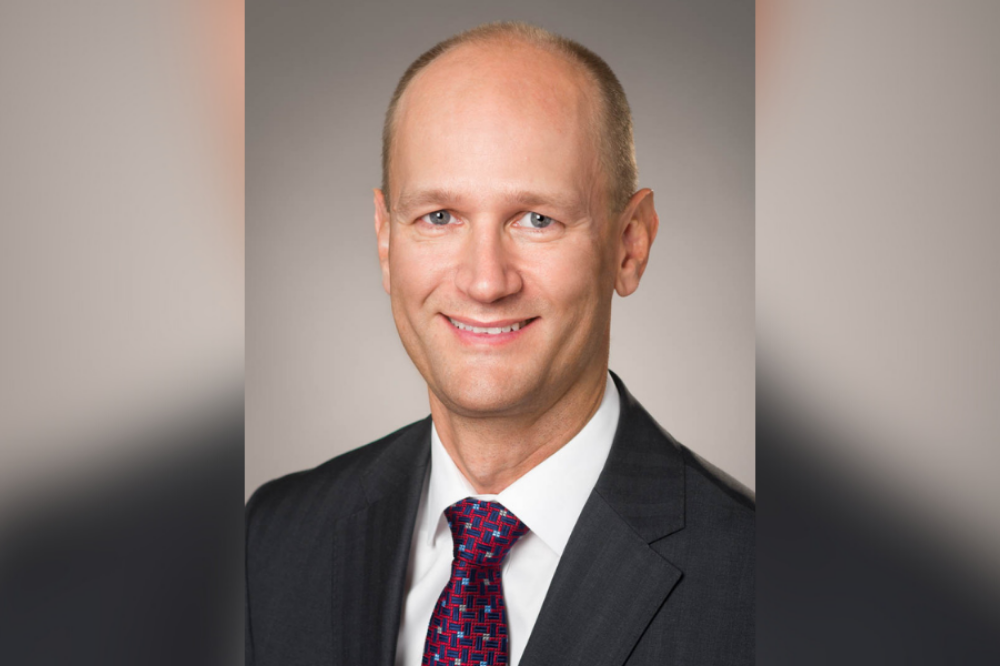After successful educational campaign, CLHIA President and CEO says industry is coming together to better expose benefits fraud

It’s officially Fraud Prevention Month in Canada, and the financial services industry is once again calling on the public to be vigilant against individuals seeking to profit from dishonest means. For the vast majority of scams, it’s easy to put a face to a victim. But for some other forms of fraud that appear to be victimless crimes, it takes a stronger industry push to raise awareness.
That’s what the Canadian Life and Health Insurance Industry Association (CLHIA) set out to do in 2018 when it launched its Fraud = Fraud campaign, which aimed to educate the public about benefits fraud and its broad consequences.
“We've been very pleased with the response,” says Stephen Frank, President and CEO of the CLHIA. “Before we started our campaign, the majority of Canadians didn’t understand that it was a crime, and people who get caught could face serious consequences.”
Public awareness on the rise
Prior to the campaign, Frank says most Canadians did not know that benefits fraud was a crime; there was a low level of awareness that someone could get fired or, at the extreme, even go to jail if they were caught doing it. But the results of polls before and after the campaign was launched, he says, showed much higher awareness of just how serious it is.
Beyond moving the dial on understanding with respect to benefits fraud, the campaign was also successful in motivating people to do something about it. Surveys conducted on behalf of the CLHIA showed that because of the educational campaign, Canadians were much more likely to report suspicions of fraud anonymously to their HR department. They were also more likely to potentially reach out to the police with evidence of fraud, and more likely to inform their insurance providers through the different means they’ve made available for plan members to report violations.
“Our member insurers are able to track the number of clicks they get on online fraud reporting channels. We also have an industry website, fraudisfraud.ca, where people can submit tips,” Frank says. “In the past number of years, we’ve seen that clicks generally tend to go up during the eight-week period that we run that campaign.”
A shifting fraud landscape
While the industry is happy about the progress so far, that doesn’t necessarily mean the problem is solved. Benefits fraud is a hidden activity by nature, so assessing the extent of the problem at any point in time is a challenge. But with a larger percentage of insurers’ services being provided online, the ground has shifted in terms of where fraud can potentially occur, and how insurers are looking into it.
“Potentially in the past, maybe you would have visited clinics or done other types of in-person investigations. The way a plan member uses their benefits has changed through the COVID pandemic, so lot more of that investigation is being done virtually now,” Frank says. “It certainly is a different environment today than it was two and a half years ago, and we anticipate that will continue.”
Fraudsters are also operating in sophisticated ways, Frank says, by splitting their activities across different insurers. While each company is able to monitor and capture potential signs of fraud within their respective businesses, industry-level information has traditionally been harder to put together.
To address that challenge, the CLHIA recently announced an initiative with Shift Technology. Under the program, anonymized claims data will be pooled from millions of records across the industry and analysed using artificial intelligence (AI) to better identify benefits fraud. According to Frank, member insurers will be phased in as they join the initiative, but even now he sees huge interest and excitement across all levels and sizes of insurers.
“This is really to help us have visibility into everything that's happening,” Frank says. “The goal is to use sophisticated analytics to identify suspicious activity, which companies can then draw on to investigate further.”
The project is expected to yield important data and insights that will be shared with insurers as well as plan sponsors. Aside from showing the progress the industry is making in capturing fraudsters, the data can be used to inform strategies that, if needed, can involve law enforcement agencies and other stakeholders to stamp out any fraud that’s happening.
“As we get deeper into this and gain experience, we'll learn what kinds of things we maybe missed in the past when each company was looking within their own blocks of business,” Frank says. “It's the start of a journey, and we think there's a lot of great opportunities for us here.”



